Home>Gardening & Outdoor>Landscaping Ideas>How To Get Your Grass Green Again


Landscaping Ideas
How To Get Your Grass Green Again
Modified: October 19, 2024
Revive your lawn with expert landscaping ideas. Get your grass green again with our proven tips and techniques. Transform your outdoor space today!
(Many of the links in this article redirect to a specific reviewed product. Your purchase of these products through affiliate links helps to generate commission for Storables.com, at no extra cost. Learn more)
Introduction
Is your lawn looking lackluster, with patches of yellow and sparse grass? Don't worry; reviving your grass and restoring its lush green appearance is entirely achievable with the right approach. A vibrant, healthy lawn not only enhances the aesthetic appeal of your property but also provides a welcoming outdoor space for relaxation and recreation. By implementing a few simple yet effective strategies, you can transform your lackluster lawn into a verdant oasis that will be the envy of your neighbors.
In this comprehensive guide, we will explore the essential steps to rejuvenate your lawn, from assessing its current condition to implementing proper watering, fertilization, weed control, pest management, and maintenance practices. Whether you're a seasoned gardener or a novice enthusiast, these expert tips and techniques will equip you with the knowledge and confidence to breathe new life into your lawn. So, roll up your sleeves, grab your gardening tools, and let's embark on the journey to reclaim the lush, green expanse of your dreams.
Key Takeaways:
- Assess your lawn’s grass type, soil quality, shade, and presence of weeds and pests to tailor your lawn care efforts for a lush, green oasis.
- Implement proper watering, fertilization, weed control, and maintenance practices to revive your lackluster lawn into a vibrant, resilient outdoor haven.
Read more: How To Turn Grass Green Again
Assessing Your Lawn
Before diving into the process of revitalizing your lawn, it’s crucial to assess its current state to identify the underlying issues and determine the most effective course of action. Here are some key factors to consider when evaluating the health of your lawn:
- Grass Type: Identify the type of grass in your lawn, as different varieties have distinct maintenance requirements. Cool-season grasses, such as Kentucky bluegrass and fescue, thrive in cooler climates, while warm-season grasses like Bermuda and Zoysia are better suited to warmer regions.
- Soil Quality: Assess the soil composition, drainage, and pH levels. Compacted soil, poor drainage, and imbalanced pH can hinder grass growth and nutrient absorption.
- Thatch and Compaction: Check for excessive thatch buildup and soil compaction, which can impede water and nutrient penetration, leading to stunted growth.
- Shade and Sunlight: Observe the amount of sunlight and shade different areas of your lawn receive, as this will influence the choice of grass species and the frequency of maintenance.
- Presence of Weeds and Pests: Identify any prevalent weeds, invasive plants, or pest infestations that may be competing with your grass for resources.
- Overall Health: Take note of any areas of discoloration, thinning grass, or signs of disease, as these indicate specific issues that need to be addressed.
By thoroughly evaluating these factors, you can gain valuable insights into the unique needs of your lawn and tailor your rejuvenation efforts accordingly. Whether it’s improving soil quality, addressing shade-related challenges, or combating invasive species, a comprehensive assessment forms the foundation for a successful lawn revival journey.
Watering Your Grass
Proper watering is fundamental to the health and vitality of your lawn. Inadequate or excessive watering can lead to stress, shallow root systems, and increased susceptibility to diseases. To ensure optimal hydration for your grass, consider the following guidelines:
- Watering Schedule: Establish a consistent watering schedule, preferably in the early morning, to minimize evaporation and fungal growth. Deep, infrequent watering encourages deep root growth and resilience to drought conditions.
- Soil Moisture: Monitor soil moisture levels to determine when irrigation is necessary. Insert a screwdriver or soil probe into the ground – if it meets resistance, the soil is moist; if it penetrates easily, it’s time to water.
- Proper Irrigation: Use sprinklers or irrigation systems that deliver uniform water distribution to prevent overwatering in certain areas and underwatering in others.
- Drought Tolerance: Consider overseeding with drought-tolerant grass species to reduce water requirements and enhance the overall resilience of your lawn.
- Rainfall Consideration: Adjust your watering regimen based on natural precipitation levels. During rainy periods, scale back irrigation to prevent waterlogged soil and potential fungal issues.
By adhering to a well-structured watering regimen and paying attention to the specific needs of your grass type and local climate, you can promote deep root development and lush, resilient turf that can withstand environmental stressors.
Fertilizing Your Lawn
Applying the right type and amount of fertilizer is essential for nurturing healthy, vibrant grass. Fertilization provides the necessary nutrients for robust growth, strong root development, and improved resilience against pests and diseases. Here’s how to effectively fertilize your lawn:
- Soil Testing: Conduct a soil test to determine the pH level and nutrient deficiencies. This will guide you in selecting the appropriate fertilizer formulation and application frequency.
- Fertilizer Selection: Choose a high-quality, slow-release fertilizer with a balanced nutrient composition, including nitrogen, phosphorus, and potassium, tailored to your lawn’s specific requirements.
- Application Timing: Apply fertilizer during the active growth periods of your grass, typically in early spring and late fall. Avoid fertilizing during periods of drought or heat stress to prevent burning the grass.
- Even Distribution: Utilize a broadcast spreader to ensure even coverage and prevent fertilizer burn caused by concentrated application in certain areas.
- Post-Application Watering: After fertilizing, lightly water your lawn to facilitate nutrient absorption and prevent the fertilizer from sitting on the grass blades, which can cause damage.
- Environmental Considerations: Be mindful of environmental regulations and local ordinances regarding fertilizer use to minimize the risk of nutrient runoff and its impact on water sources.
By following these fertilization best practices and customizing your approach based on your lawn’s specific nutritional needs, you can promote vigorous growth, vibrant color, and overall resilience, resulting in a lush, green expanse that enhances the beauty of your outdoor space.
To get your grass green again, make sure to water deeply and infrequently, mow at the proper height, and fertilize with a balanced fertilizer in the spring and fall.
Controlling Weeds
Weeds can quickly infiltrate and detract from the beauty of your lawn, competing with grass for essential nutrients, water, and sunlight. Effectively managing weeds is crucial for maintaining a healthy and vibrant lawn. Here are key strategies for controlling weeds:
- Regular Inspection: Routinely inspect your lawn for signs of weed growth, targeting common culprits such as dandelions, crabgrass, clover, and broadleaf weeds.
- Preventive Measures: Implement cultural practices that discourage weed proliferation, such as maintaining proper mowing height, overseeding to promote dense turf, and addressing soil compaction and nutrient imbalances.
- Spot Treatments: Utilize targeted herbicides or natural weed control products to eradicate specific weed species while minimizing impact on desirable grass varieties.
- Integrated Approach: Combine manual removal of weeds with strategic herbicide applications to effectively reduce weed populations without compromising the health of your lawn.
- Post-Emergent Control: Use post-emergent herbicides to target existing weeds, applying them during periods of active growth for optimal absorption and effectiveness.
- Consistent Maintenance: Maintain a regular lawn care routine, including proper watering, mowing, and fertilization, to promote the vigor and competitiveness of your grass, minimizing opportunities for weed establishment.
By adopting a proactive and multifaceted approach to weed control, you can safeguard the integrity of your lawn, allowing your grass to flourish and reclaim its lush, green allure.
Read more: How To Get Green Grass
Dealing with Pests
Pests, ranging from insects to small animals, can wreak havoc on your lawn, causing damage to grass blades, roots, and soil, and disrupting the overall health of your turf. Implementing effective pest management strategies is crucial for preserving the beauty and vitality of your lawn. Here’s how to address common lawn pests:
- Identification: Familiarize yourself with common lawn pests in your region, such as grubs, chinch bugs, armyworms, and moles, and monitor your lawn for signs of infestation, including irregular patches of discolored or damaged grass.
- Natural Predators: Encourage the presence of natural pest predators, such as birds, to help control insect populations. Creating a hospitable environment for beneficial insects, like ladybugs and lacewings, can also aid in pest suppression.
- Targeted Treatments: Utilize targeted insecticides or pest control products to address specific pest infestations, ensuring minimal impact on non-target organisms and the environment.
- Cultural Practices: Implement cultural practices that promote the resilience of your lawn, such as proper watering, aeration, and mowing, to reduce the susceptibility of grass to pest damage.
- Professional Consultation: In cases of severe or persistent pest issues, seek advice from a lawn care professional to assess the situation and determine the most effective and environmentally responsible pest management approach.
- Integrated Pest Management: Embrace an integrated pest management (IPM) approach, combining preventive measures, biological controls, and targeted treatments to manage pest populations while minimizing the reliance on chemical interventions.
By adopting a holistic and vigilant approach to pest management, you can safeguard the health and beauty of your lawn, allowing it to thrive without the detrimental impact of invasive pests.
Mowing and Maintenance
Proper mowing and consistent maintenance practices are essential for nurturing a vibrant, resilient lawn that exudes lush green beauty. By adhering to the following guidelines, you can optimize the health and appearance of your grass:
- Appropriate Mowing Height: Set your mower to the recommended height for your grass species, ensuring that you never remove more than one-third of the grass blade length in a single mowing session.
- Sharp Blades: Regularly sharpen your mower blades to achieve clean, precise cuts that promote healthy grass growth and reduce the risk of disease and stress.
- Mowing Frequency: Adhere to a consistent mowing schedule, adjusting the frequency based on grass growth rates and seasonal variations. Avoid cutting wet grass to prevent clumping and uneven trimming.
- Grass Clippings: Consider leaving grass clippings on the lawn to decompose and return valuable nutrients to the soil, promoting natural fertilization and moisture retention.
- Core Aeration: Periodically aerate your lawn to alleviate soil compaction and facilitate better air, water, and nutrient penetration to the grassroots.
- Overseeding: Oversee thin or patchy areas of your lawn to introduce new grass seed and promote denser turf, enhancing the overall resilience and aesthetic appeal of the grass.
- Seasonal Adjustments: Tailor your maintenance practices to seasonal requirements, such as adjusting watering schedules, fertilization regimens, and pest control measures based on changing environmental conditions.
By embracing meticulous mowing techniques and adhering to a comprehensive maintenance regimen, you can cultivate a thriving, emerald-green lawn that serves as a captivating centerpiece of your outdoor landscape.
Conclusion
Reviving your lawn and restoring its lush green vitality is an immensely rewarding endeavor that enhances the aesthetic appeal and functionality of your outdoor space. By following the expert strategies outlined in this guide, you have the knowledge and tools to breathe new life into your lawn and nurture a verdant, resilient expanse that serves as a source of pride and enjoyment.
From the initial assessment of your lawn’s condition to the meticulous implementation of watering, fertilization, weed control, pest management, and maintenance practices, each step plays a pivotal role in the comprehensive rejuvenation of your grass. By customizing your approach based on the unique needs of your lawn, you can create an environment where vibrant, healthy grass thrives, providing a welcoming setting for leisure, recreation, and relaxation.
Remember, the journey to a lush, green lawn is an ongoing commitment that requires attentiveness, care, and a deep understanding of your grass’s specific requirements. Embrace the opportunity to cultivate a flourishing outdoor haven, and savor the transformation as your once lackluster lawn blossoms into a captivating tapestry of greenery.
So, roll up your sleeves, gather your gardening tools, and embark on this fulfilling journey to reclaim the natural beauty and vibrancy of your lawn. With dedication and the insights gained from this guide, you are well-equipped to nurture a lawn that stands as a testament to your passion for cultivating vibrant, sustainable outdoor spaces.
Frequently Asked Questions about How To Get Your Grass Green Again
Was this page helpful?
At Storables.com, we guarantee accurate and reliable information. Our content, validated by Expert Board Contributors, is crafted following stringent Editorial Policies. We're committed to providing you with well-researched, expert-backed insights for all your informational needs.
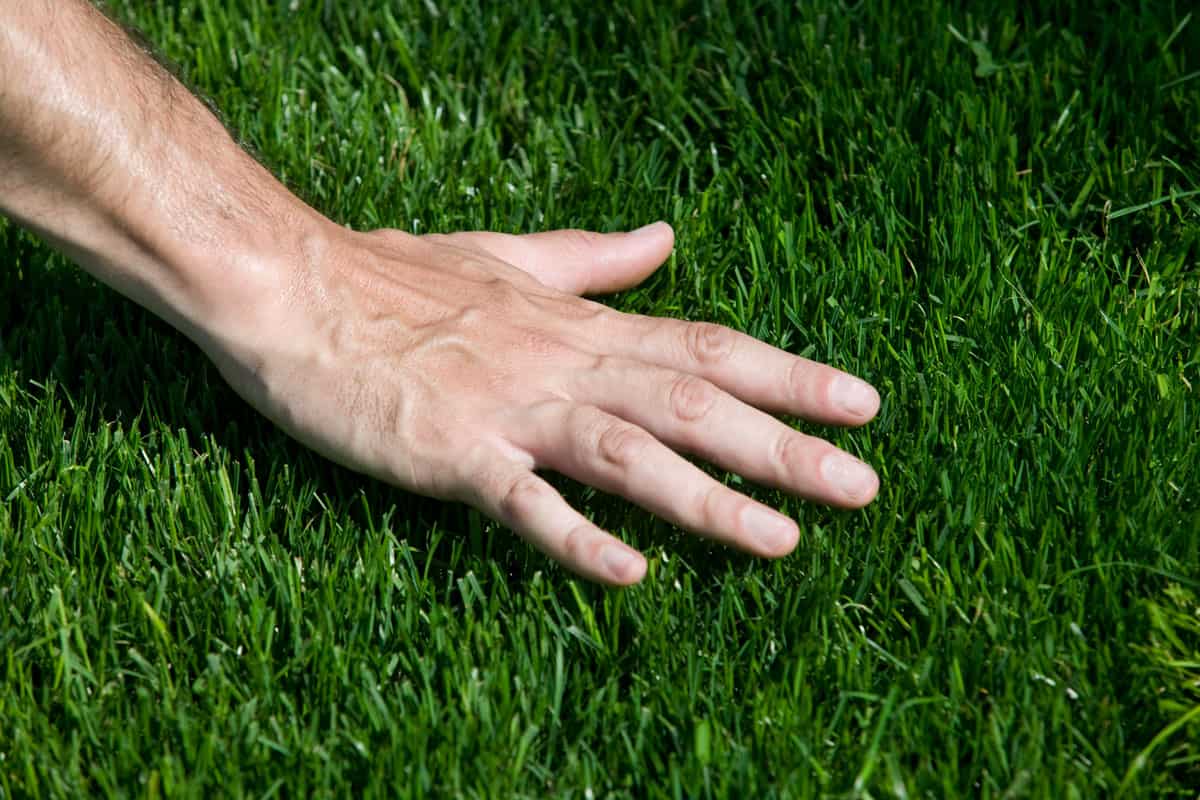






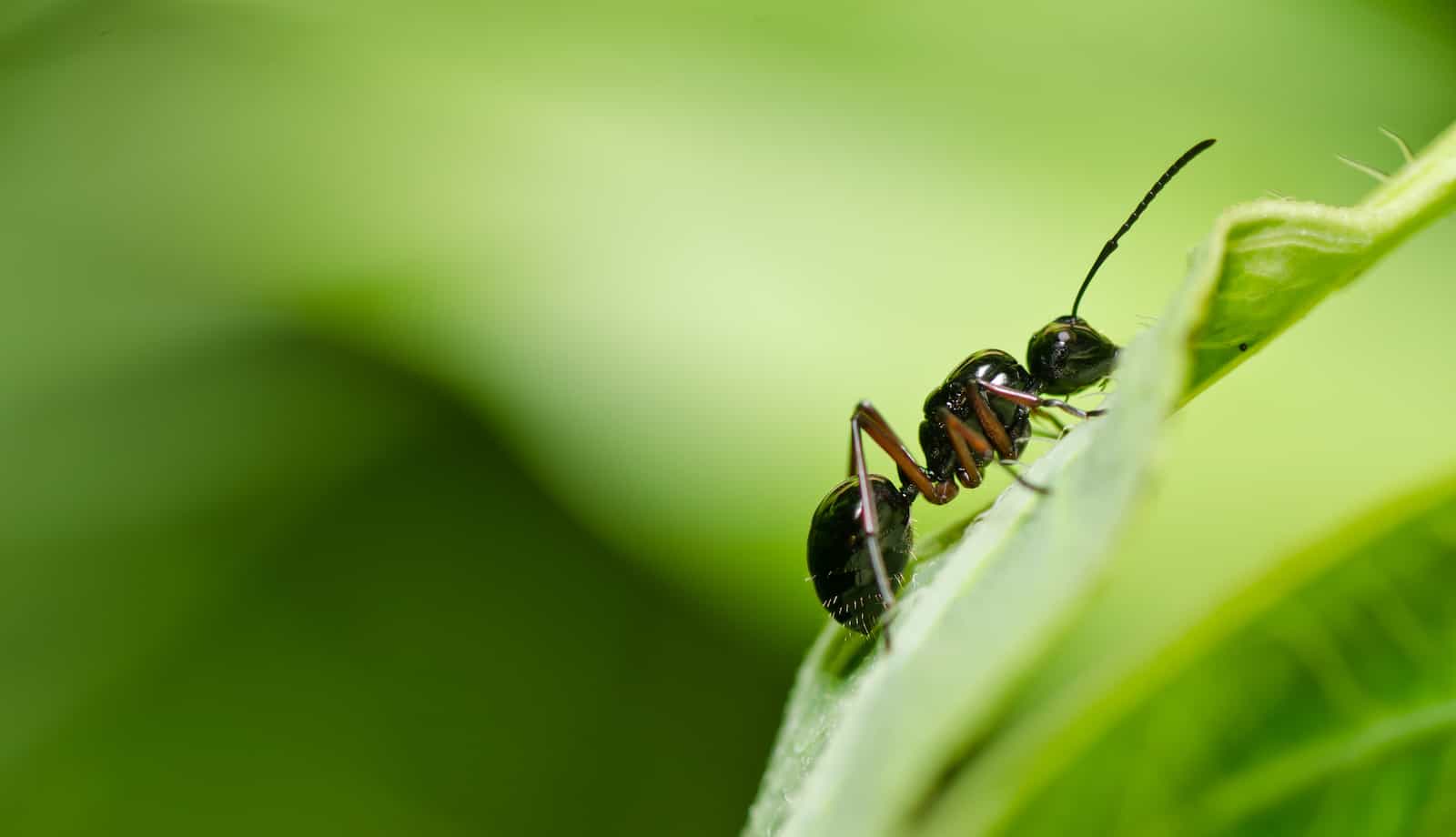
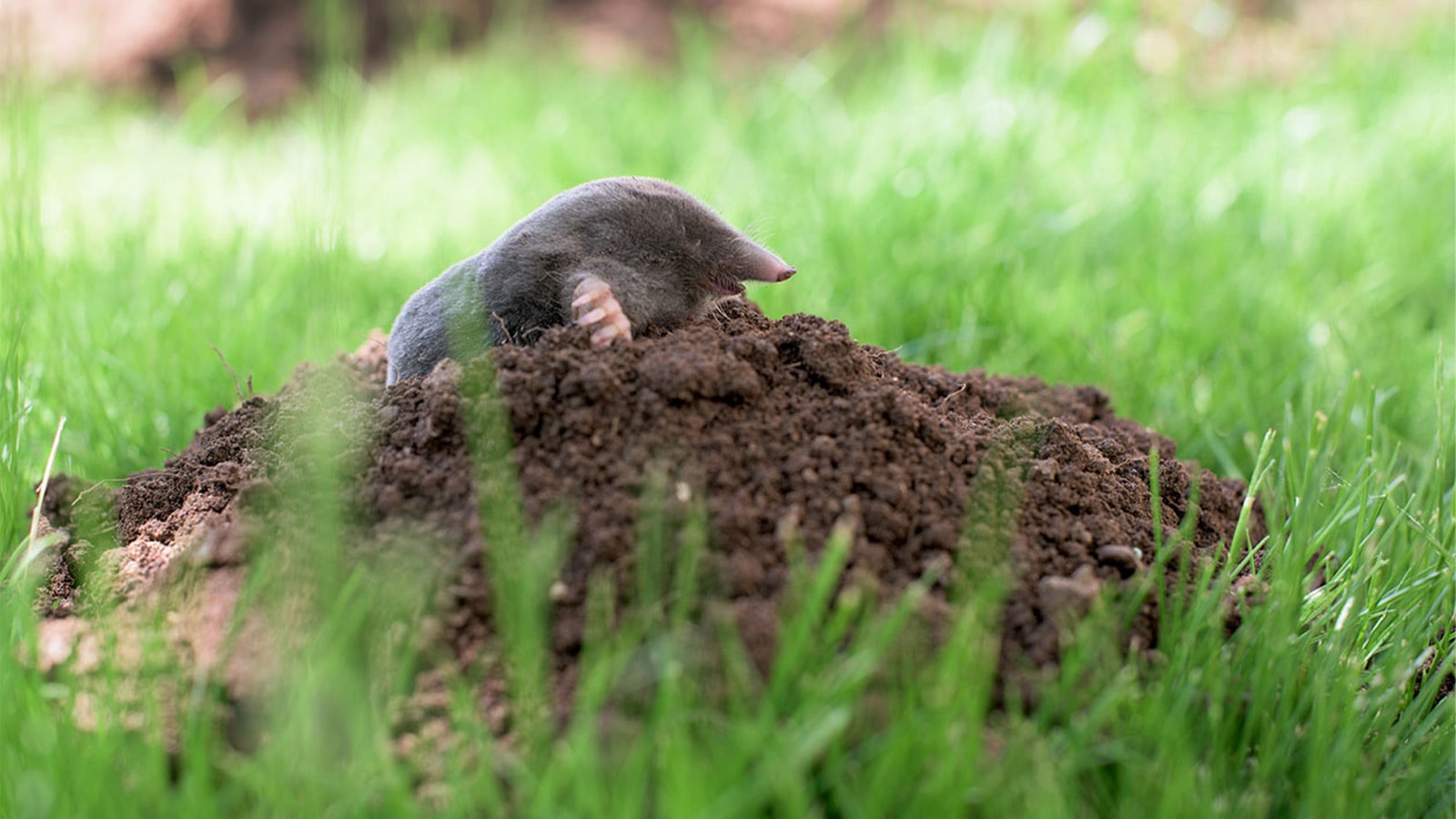
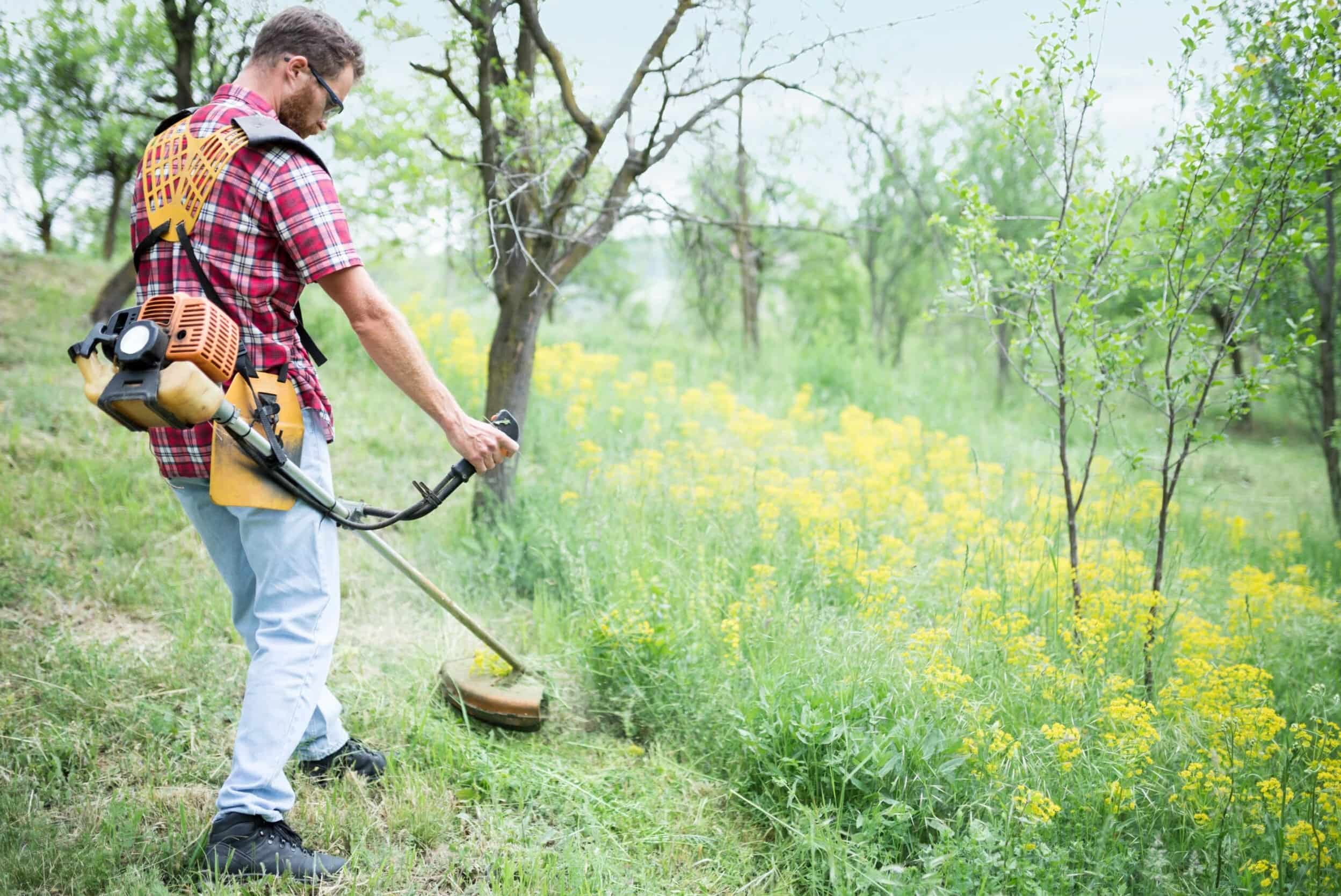

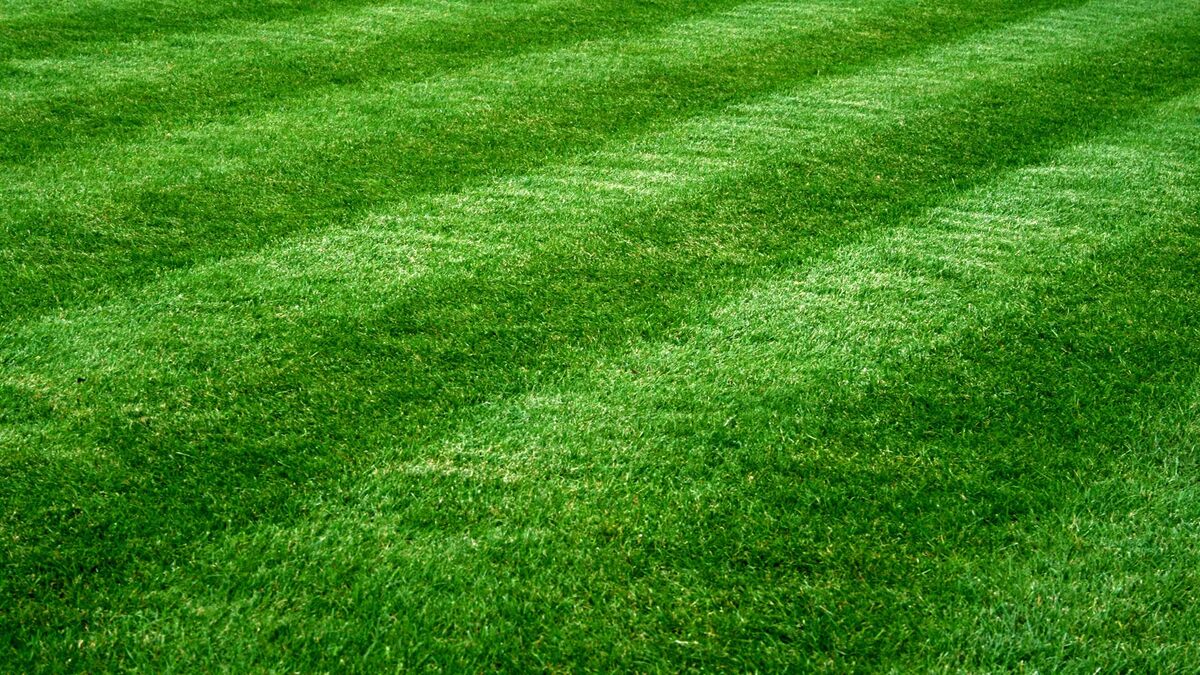
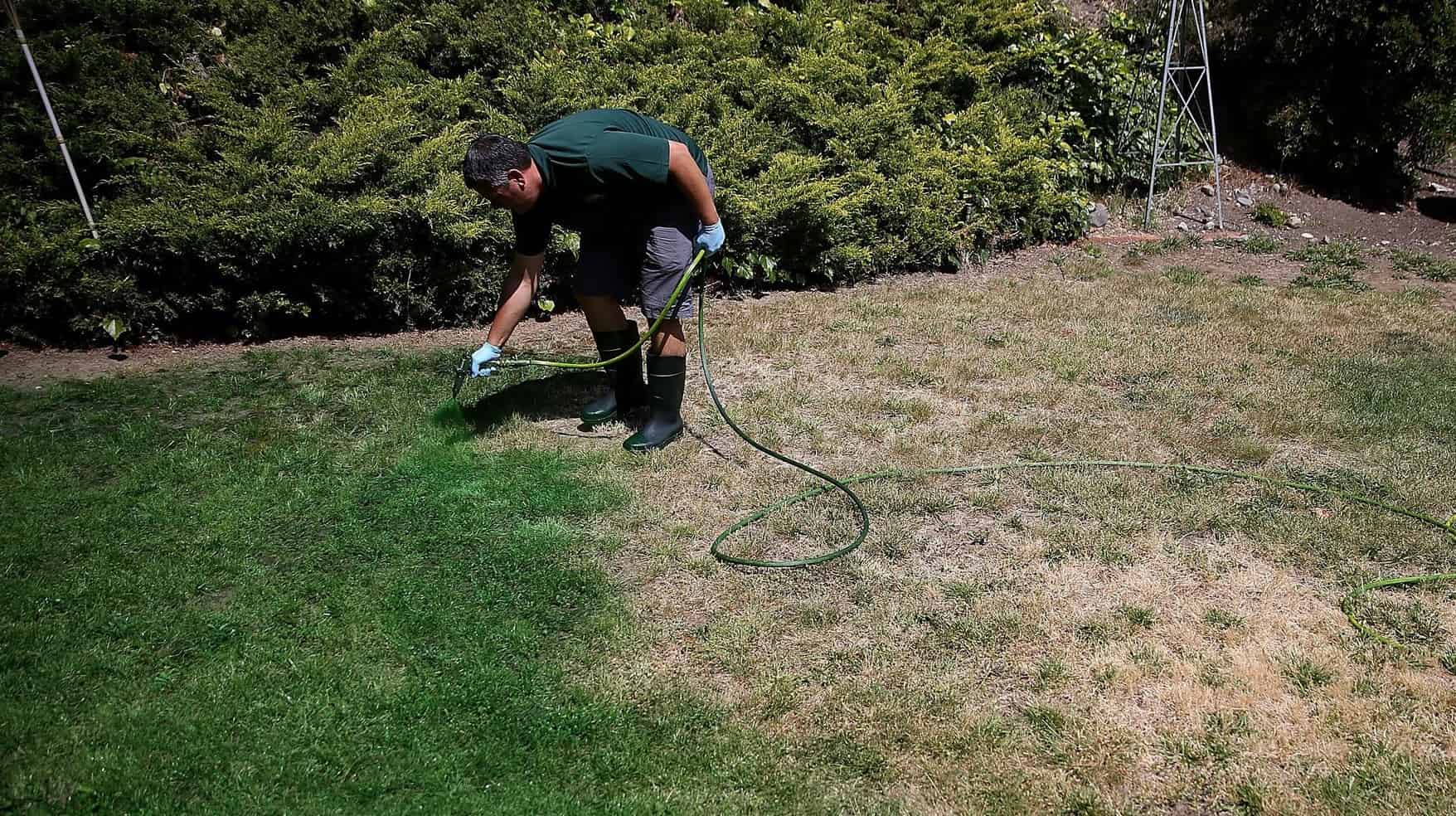
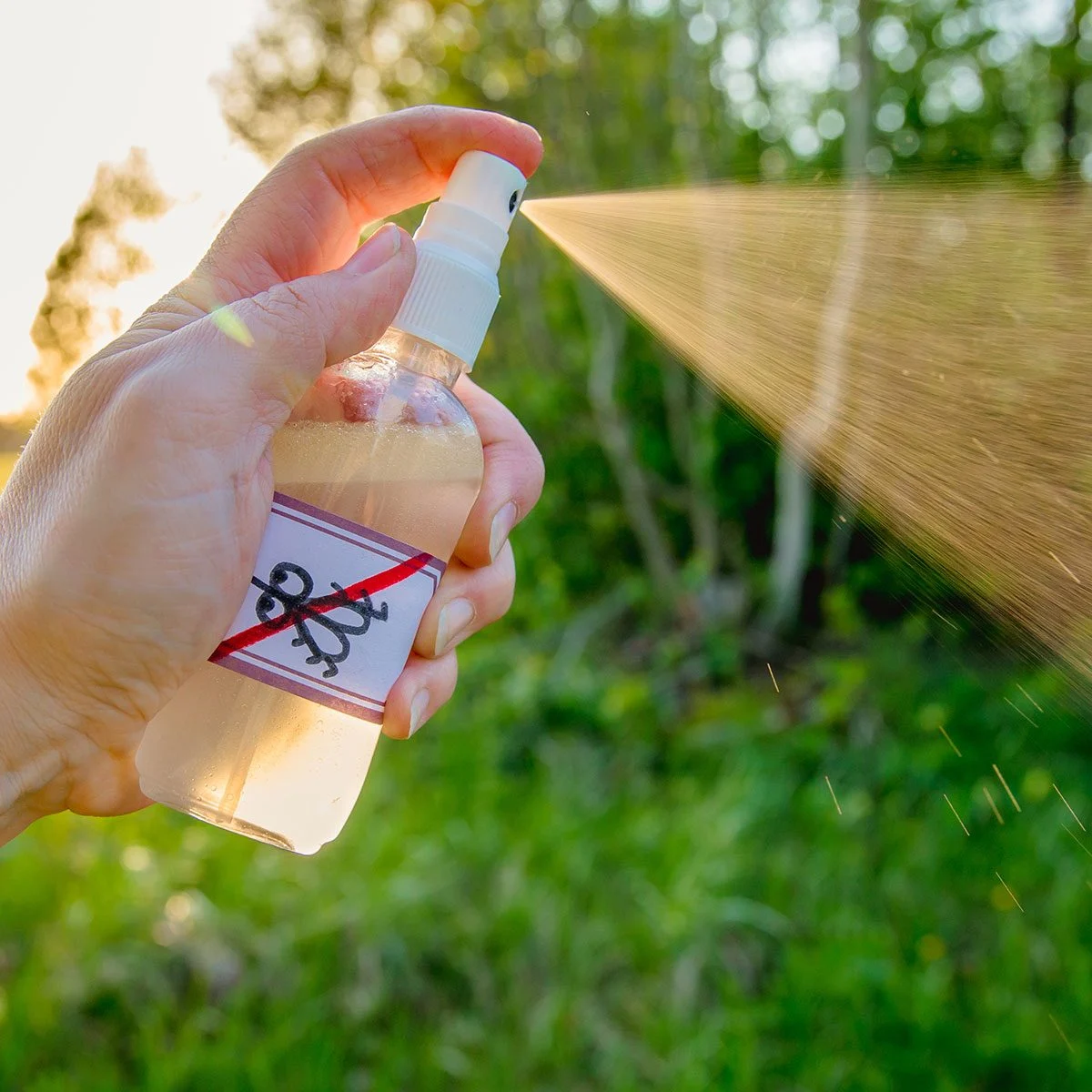

0 thoughts on “How To Get Your Grass Green Again”